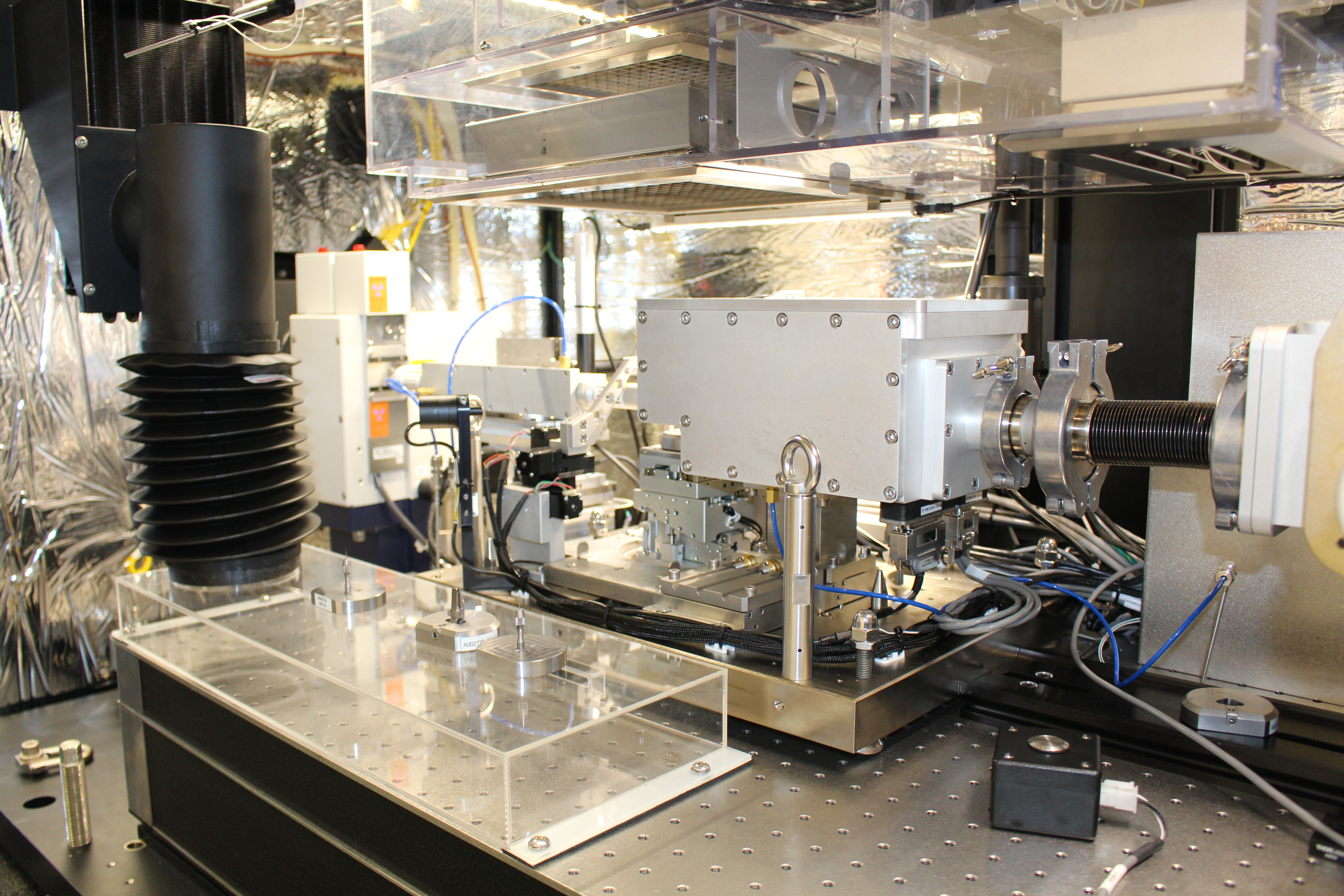The components, which significantly define their properties in modern, high-performance materials, are becoming ever smaller. For example, in ceramic glass cooker hobs tiny crystals with dimensions of just 30 to 50 nm ensure that the cook top does not expand when heated up and that it does not crack due to cold shock when cold water gets onto the hot plate.
When designing such and similar materials, the question often arises: How can these tiny structural units be made visible in order to analyze them? In such cases one usually applies electron microscopy methods. However, this requires a complex preparation of the sample and ultimately only provides a two-dimensional sectional image of a very small mass. Often, however, it is exactly that information about the three-dimensional distribution of such structures in larger volumes, a tomogram, which is of great importance.
Conventional laboratory x-ray tomograms achieve a resolution of typically a few micrometers, that is they form too coarse a picture to show the smallest crystals, Nano-porous structures and similar. So far particle accelerators have provided potential for x-ray tomography with Nano meter resolution – but access to these large-scale devices is very limited, so that hitherto not all analysis requirements could be served in this way.
Recently, x-ray microscopes have made it possible to carry out such measurements in the laboratory, and thus near to material synthesis or modification. In close collaboration with the Martin Luther University Halle in Wittenberg it was possible to raise funds for such a device as part of a major equipment initiative sponsored by the Deutschen Forschungsgemeinschaft (German Research Association) – the CARL ZEISS Xradia 810 Ultra x-ray microscope. This shows in volumes of 64³ µm³ details of 150 nm in size and in volumes of 16³ µm³ details of 50 nm in size and is now available at the Fraunhofer IMWS as one of the first places in the world for ultra-high-resolution x-ray tomography.
In order to achieve optimum results, the test samples must be given the optimum geometry. To do this, using the microPREPTM , rotationally symmetrical sample sections are produced individually in a very short time by means of ultra-short laser processing methods without special equipment.
This research focuses on glass and glass ceramic materials. Incidentally, the Fraunhofer researchers are gaining completely new perspectives for examining and evaluating their data sets as they are acquiring a virtual reality eyewear system in parallel, which offers users the opportunity to move virtually through their samples and to analyze microstructures.
